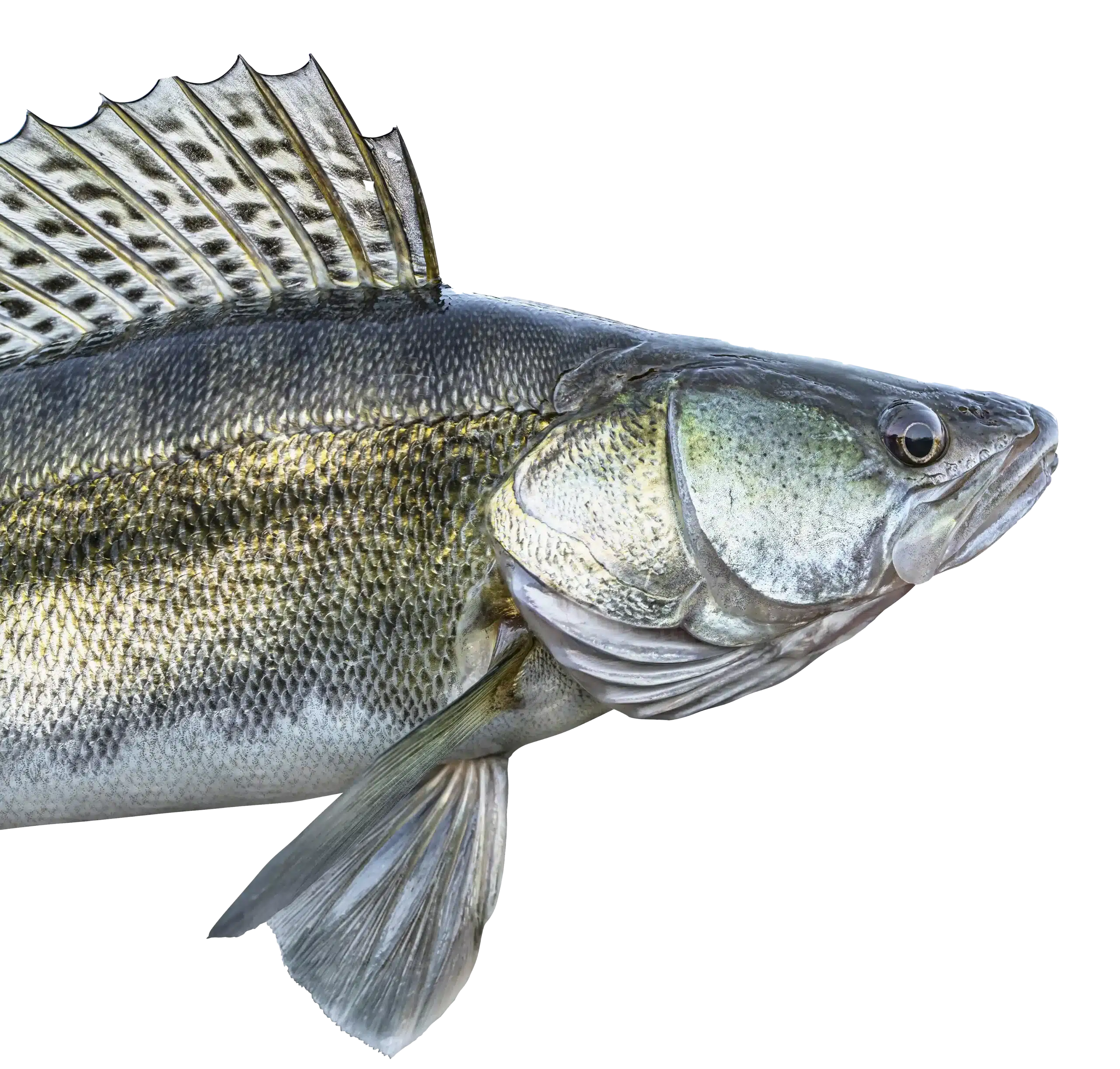
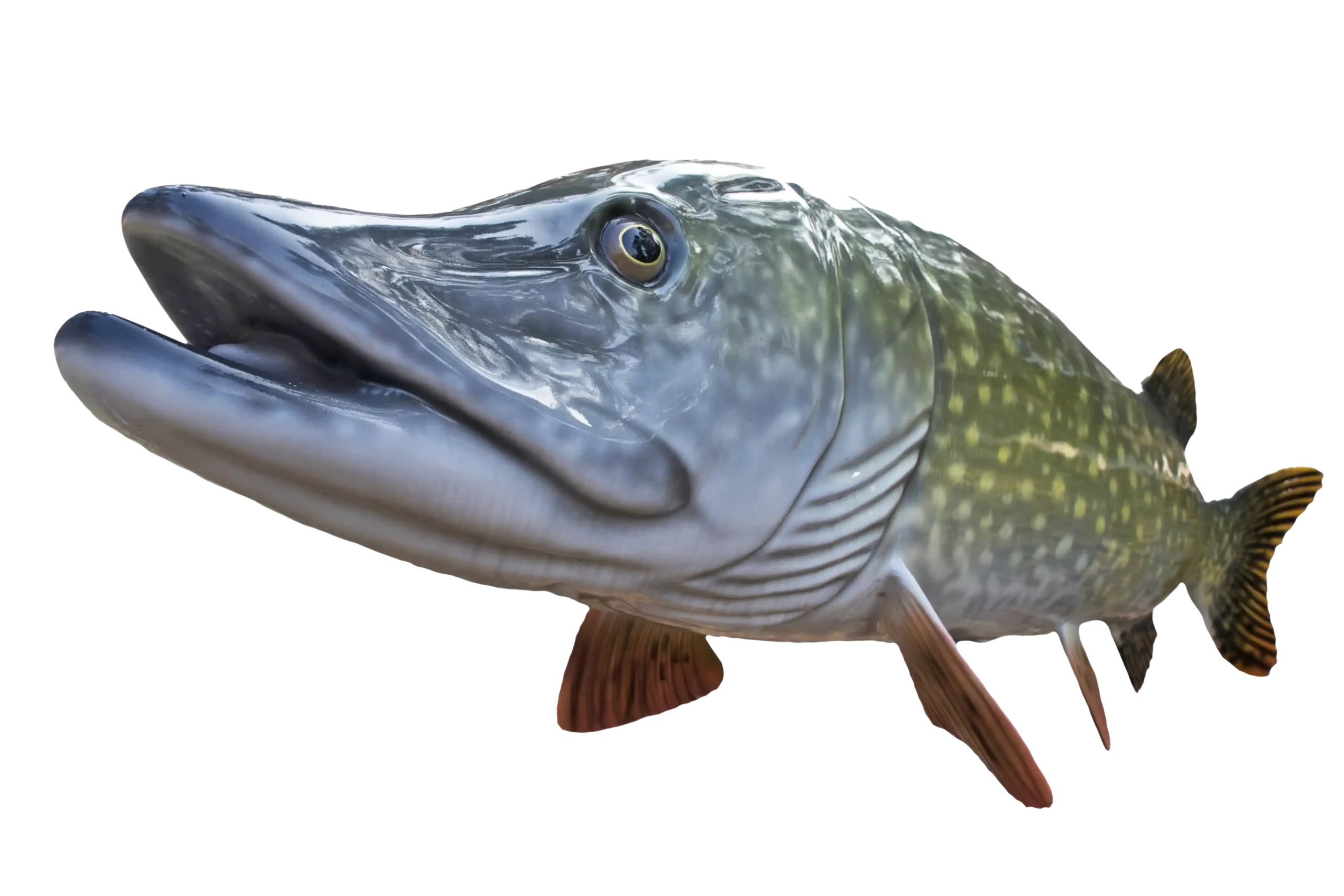
MTT. Minnesota Tournament Trail
NWT. National Walleye Tour
AIM. Angler’s Insight Marketing
Chili Bowl, Border View Lodge
Arnesen’s, Summer Tournament
River Bend Resort, Ladies tournament
Zippel Bay Resort, Northern Pike Tournament
AND MORE!
Pike fishing is heating up around Lake of the Woods. Becoming more and more active as the weather starts shifting to warmer temperatures. Late February and March is prime time to target pike via tip ups or angling. Already pike monsters are showing themselves.
The Northern Pike is one of Minnesota’s largest and easiest fish to catch. Found in abundance at Lake of the Woods, the northern pike is a voracious predator known for powerful runs that strip line from your reel. Though somewhat challenging to fillet, the northern pike is excellent table fare.
Nothing gets the heart racing more than a flag flying on a tip up. And it’s now that time for Lake of the Woods, time to target those monster Northern Pike that is. Dust off your tip ups and get your gear ready. February and March brings the Pike into the areas adjacent to breeding grounds in bays or near streams. There is nothing like putting down a 10” sucker minnow or cisco and seeing a flag go off. Big bait equals big fish.
These fish spawn in bays, back sloughs, streams, rivers and similar areas adjacent to key shoreline structure with soft bottoms and are always looking for an easy meal. Shallow water is the ideal place to lay your tip up. Some say that dead bait produces better than live bait when targeting large pike. Some anglers also prefer to use both and let the pike decide the bait.
Hand over hand reeling brings back fishing to its primal roots and there is nothing like bringing in a 45” pike with your two bare hands. You get to feel the full force of the fish, the head whips, rolls, and then dives.
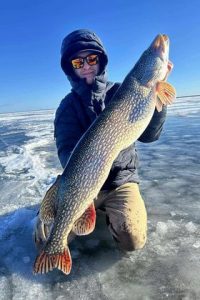
Other anglers will purchase as there are a number of quality rigs on the market. One of the new rigs out is called a “Zero Rig” by Clam. This rig has two trebles on a circle wire allowing the extra treble that is not hooked in the pike to slide down to the
First, that extra hook typically will not hook the pike in the side during a ferocious fight. Second, there is less chance of that dangling treble to get caught on the ice while pulling the pike through the hole.
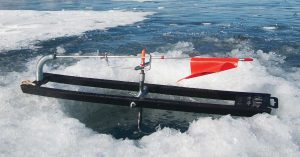
A tip-up rig is different than a rod-and-reel combination because there is no rod at all. Instead, a tip-up is an apparatus in which the reel is placed in the hole you drilled, and when a fish unspools line a signal flag “tips up.” Tip-ups can be purchased at virtually any bait shop or retail fishing outlet.
Once you have lowered your tip-up line into the water it is largely a waiting game. It is smart to check your sucker or shiner minnow every half hour or so, and even to jig it once in a while. Still, northern pike tip-up fishing is mostly waiting for a flag to pop up. When the flag flies it’s a mad dash for the tip up. Once a flag does fly, avoid the temptation to run toward it. Northern pike often take a large minnow sideways in their mouth, swim with it for a while then turn the minnow head-first to swallow it. This feeding technique gives you plenty of time to get to the tip-up, grab hold of the line with your bare hands and gently sense what it is going on.
The cool thing about this specie is that the season never closes at Lake of the Woods. Check that out at the MN DNR sight if you’d like. That being said, watch for details about the Annual Northern Pike Tournament held each year at Zippel Bay. Zippel Bay Resort hosts the event and many anglers team up to see just how big of a monster they wrangle in early April.
Come for the excitement to Lake of the Woods. For more information see: www.lakeofthewoodsmn.com. Click on the Lodging tab and find multiple resorts to choose from for your perfect fishing adventure!
See out facebook page at: www.facebook.com/lakeofthewoodsmn

